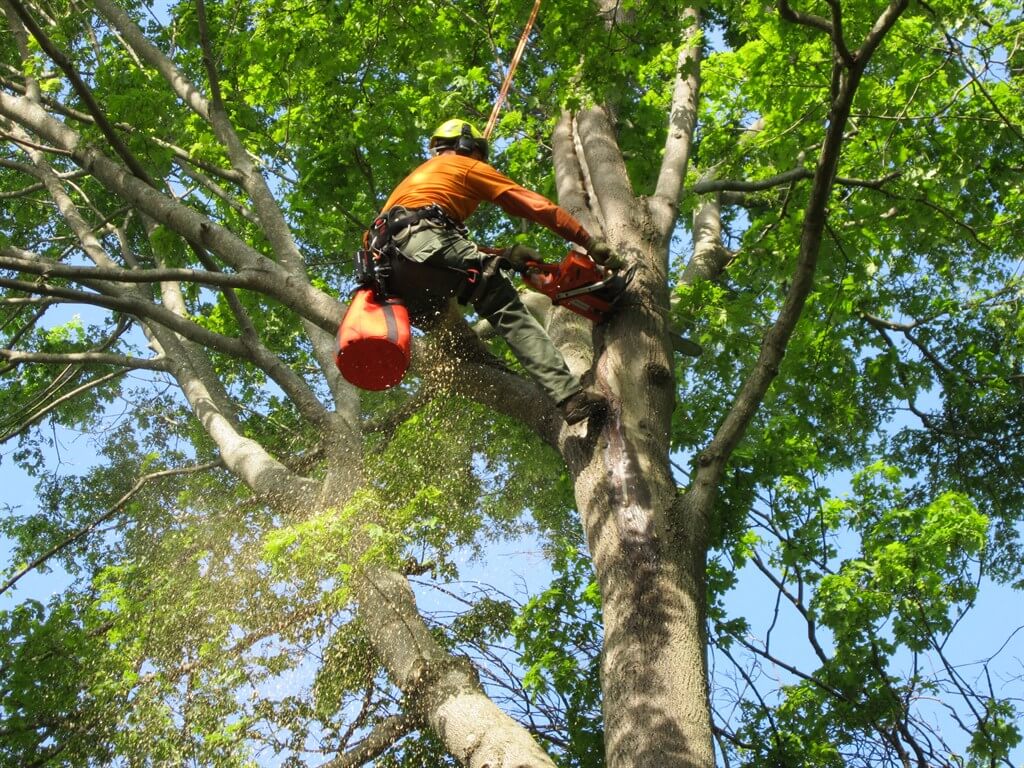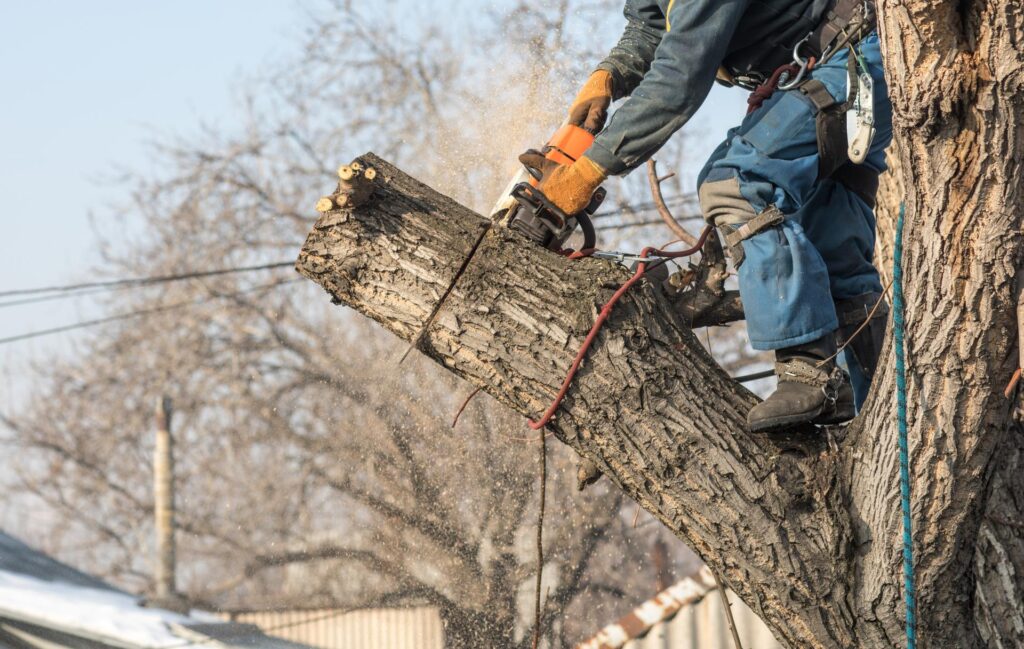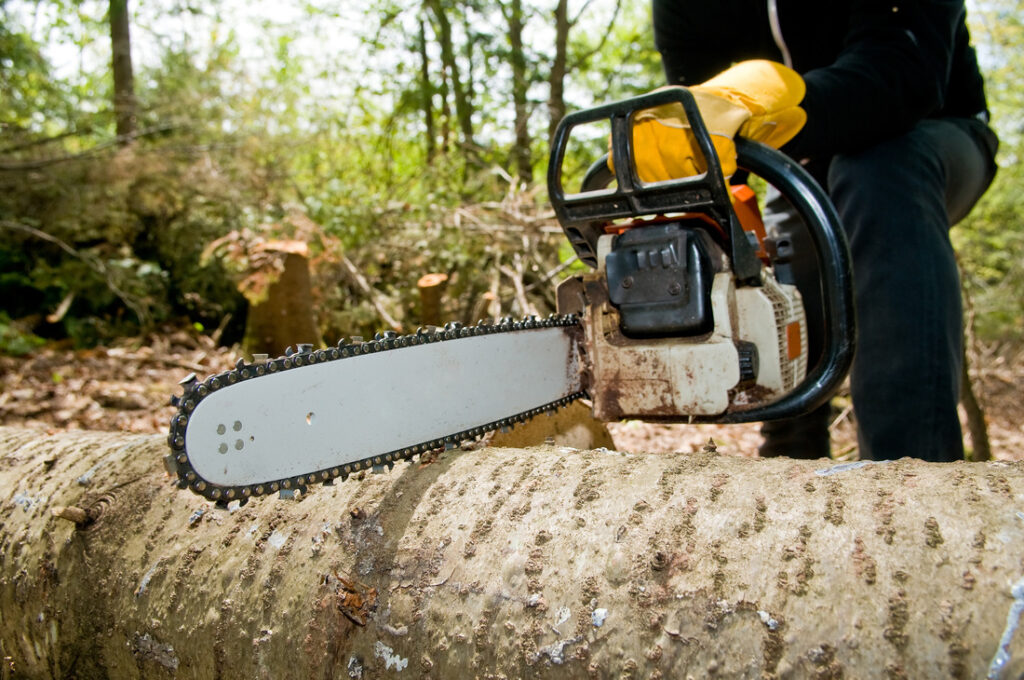Tree Removal in the Blue Mountains to Prevent Storm-Related Hazards
The Blue Mountains, renowned for their stunning landscapes and rich biodiversity, also present unique challenges when it comes to tree management. As the region experiences severe weather events, the risk of falling trees and branches increases, posing significant hazards to homes, infrastructure, and human safety.
This article explores the importance of tree removal Blue Mountains, particularly in the context of storm preparedness and hazard prevention.
The Importance of Tree Management
Effective tree management is crucial in maintaining the health of the ecosystem while ensuring the safety of residents. Trees provide numerous benefits, including carbon sequestration, habitat for wildlife, and aesthetic value. However, when trees become compromised due to age, disease, or environmental stressors, they can pose serious risks, especially during storms.
Identifying Hazardous Trees
Not all trees are created equal when it comes to stability and safety. Certain indicators can help identify trees that may pose a risk during storm conditions. Signs of decay, such as hollow trunks, dead branches, or extensive fungal growth, are clear red flags. Furthermore, trees that are leaning or have extensive root damage are also at a higher risk of falling.

In addition to physical signs, environmental factors should be considered. Trees located near structures, power lines, or frequently used pathways are more likely to cause damage if they fail. Regular inspections by qualified arborists can help identify these hazards before they become a serious issue. Furthermore, understanding the specific species of trees in a given area is essential, as some are inherently more resilient to adverse weather conditions than others. For instance, native species often possess adaptations that allow them to thrive in local climates, whereas non-native species may struggle and become more susceptible to disease and structural failure.
Benefits of Proactive Tree Removal
Proactive tree removal can significantly reduce the risk of storm-related hazards. By removing trees that are deemed unsafe, property owners can protect their homes and families from potential disasters. This preventive measure not only safeguards structures but also mitigates the risk of injury to individuals in the vicinity.
Moreover, removing hazardous trees can enhance the overall health of the surrounding ecosystem. It allows for better light penetration and air circulation, promoting the growth of healthier trees and plants. This, in turn, contributes to a more resilient landscape, better equipped to withstand extreme weather conditions. Additionally, the removal of dead or dying trees can prevent the spread of pests and diseases that might otherwise threaten neighbouring flora. In urban areas, this practice can also improve the aesthetic appeal of neighbourhoods, as well-maintained green spaces are often associated with higher property values and a greater sense of community pride. The careful management of tree populations not only fosters biodiversity but also encourages a harmonious coexistence between nature and urban development.
Understanding Storm-Related Hazards
Storm-related hazards can manifest in various forms, including high winds, heavy rainfall, and even snow or ice accumulation. Each of these conditions can exacerbate the risks associated with trees, leading to potential damage and safety concerns.

Wind Damage
High winds are perhaps the most significant threat to trees during storms. Strong gusts can uproot trees or break branches, leading to catastrophic failures. In the Blue Mountains, where many trees are tall and mature, the potential for wind damage increases dramatically. Trees that are already weakened by disease or environmental stress are particularly vulnerable.
To mitigate wind damage, it is essential to assess the stability of trees, especially those near homes or public spaces. Regular maintenance, including pruning and cabling, can help strengthen trees and reduce the risk of wind-related failures. Additionally, understanding the species of trees in your vicinity can provide insight into their resilience; for instance, native species often have adaptations that enable them to withstand local weather conditions better than non-native varieties.
Rainfall and Soil Saturation
Heavy rainfall can lead to soil saturation, which significantly affects a tree’s stability. When the ground becomes overly saturated, it can no longer support the roots of trees, leading to uprooting or toppling. In the Blue Mountains, where steep terrain is common, this risk is amplified, as saturated soil can easily give way under the weight of large trees.
Property owners should monitor rainfall patterns and be proactive in assessing the health of trees during and after heavy rain events. Implementing drainage solutions can also help manage excess water and reduce the risk of soil saturation. Furthermore, understanding the role of vegetation in soil retention can be beneficial; deep-rooted plants can help stabilise the soil, reducing the likelihood of erosion and providing a natural barrier against the impacts of heavy rainfall.
Moreover, the aftermath of heavy rainfall can lead to increased susceptibility to pests and diseases, as damp conditions create an ideal environment for fungal growth. This can further compromise tree health and stability, making it crucial for property owners to remain vigilant and seek professional advice if they notice any signs of distress in their trees. Regular inspections can help identify issues early, allowing for timely intervention and care.
Choosing the Right Professionals for Tree Removal
When it comes to tree removal, hiring qualified professionals is essential. The process requires expertise, specialised equipment, and an understanding of local regulations. Engaging a certified arborist or tree removal service ensures that the job is done safely and efficiently.
Qualifications to Look For
When selecting a tree removal service in the Blue Mountains, it is crucial to consider their qualifications and experience. Look for companies that are certified by recognised industry bodies, such as Arboriculture Australia. These certifications indicate that the professionals have undergone rigorous training and adhere to industry standards.
Additionally, it is beneficial to choose a company with extensive local experience. Familiarity with the specific challenges and conditions of the Blue Mountains can make a significant difference in the quality of service provided.

Safety Considerations
Tree removal can be a hazardous undertaking, both for the professionals involved and for the surrounding community. Safety should always be the top priority. Qualified tree removal services will have safety protocols in place, including the use of personal protective equipment (PPE) and proper techniques for handling heavy machinery.
Moreover, a reputable company will also carry liability insurance. This protects both the service provider and the property owner in the event of an accident or damage during the removal process. Always request proof of insurance before commencing any work.
Cost of Tree Removal in the Blue Mountains
The cost of tree removal can vary widely depending on several factors, including the size and location of the tree, the complexity of the job, and the specific service provider. Understanding these variables can help property owners budget effectively and make informed decisions.
Factors Influencing Cost
One of the primary factors influencing the cost of tree removal is the size of the tree. Larger trees require more time and resources to remove, which can significantly increase the overall cost. Additionally, trees located in hard-to-reach areas or near structures may require specialised equipment and techniques, further adding to the expense.
Another consideration is the condition of the tree. Trees that are diseased or damaged may require more careful handling, which can increase labour costs. It is advisable to obtain multiple quotes from different service providers to ensure a fair price and to understand the scope of work involved.
Long-Term Savings
While the initial cost of tree removal may seem daunting, it is essential to consider the long-term savings associated with proactive tree management. By investing in tree removal, property owners can prevent costly damage to their homes and infrastructure during storms. Furthermore, maintaining a safe and healthy landscape can enhance property value and reduce future maintenance costs.
Conclusion
Tree removal in the Blue Mountains is a critical aspect of storm preparedness and hazard prevention. By identifying hazardous trees and engaging qualified professionals for removal, property owners can protect their homes and families from the dangers posed by severe weather events. The benefits of proactive tree management extend beyond safety; they contribute to the overall health and resilience of the local ecosystem.
In a region as beautiful and diverse as the Blue Mountains, ensuring the safety of both residents and the environment should be a top priority. By taking the necessary steps to manage tree hazards, individuals can enjoy the natural beauty of their surroundings while safeguarding their properties against storm-related risks.
Ultimately, investing in tree removal services is not just about removing a potential threat; it is about fostering a safer, healthier, and more sustainable community for all.
Related: Essential Tree Removal Blue Mountains Services for Rural Homes


